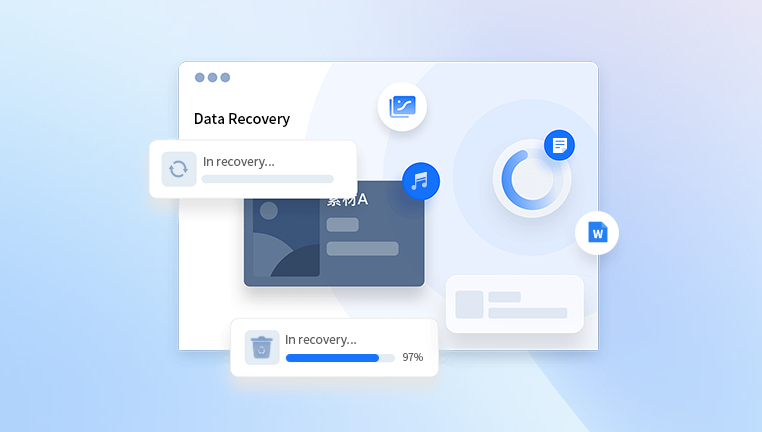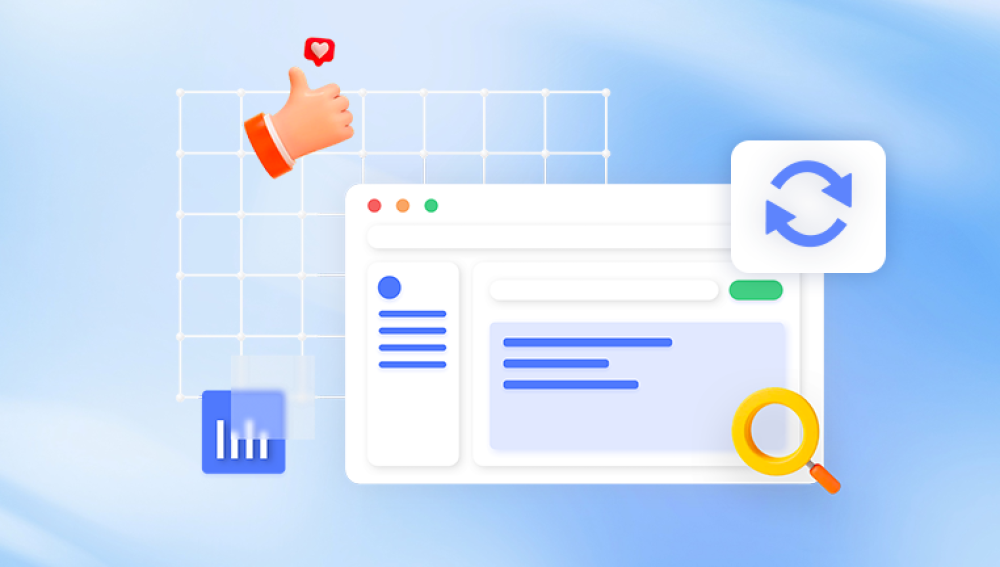Dropbox is widely used for general file storage, while Google Photos specializes in storing and managing photos and videos. However, there might come a time when you decide to switch from Dropbox to Google Photos, perhaps due to the advanced photo management features of Google Photos, its seamless integration with other Google services, or the generous free storage offered for photos.
This guide will walk you through the process of transferring your photos from Dropbox to Google Photos step by step. Whether you are looking to free up space on Dropbox, centralize your photo storage, or simply prefer the features of Google Photos, this guide covers everything you need to know.

1. Understanding the Platforms
Before diving into the transfer process, it's essential to understand the key differences between Dropbox and Google Photos.
Dropbox
General File Storage: Dropbox is a versatile platform for storing various types of files, including documents, photos, and videos. It’s ideal for sharing files and collaborating with others.
File Organization: Dropbox uses a traditional folder structure for file organization, making it easy to keep files organized.
Storage Plans: Dropbox offers limited free storage (2 GB) and various paid plans for more storage space.
Google Photos
Photo and Video Storage: Google Photos is specifically designed for storing and organizing photos and videos. It offers powerful features like automatic organization, facial recognition, and advanced search capabilities.
High-Quality Storage Option: Google Photos offers free storage for high-quality photos and videos (though this might be subject to change), with options for original quality storage that counts against your Google Drive storage limit.
Integration with Google Services: Google Photos integrates seamlessly with other Google services like Google Drive, Gmail, and Google Assistant.
2. Preparing for the Transfer
Before you start transferring your photos, it’s crucial to prepare both your Dropbox and Google Photos accounts.
a. Organizing Photos in Dropbox
Review Your Files: Go through your Dropbox account and review all the photos you want to transfer. This is a good opportunity to delete duplicates or unwanted files.
Create Folders: Organize your photos into folders if they aren’t already. This will make the transfer process smoother and help maintain organization in Google Photos.
Check Available Storage: Ensure you have enough storage in Google Photos to accommodate all the photos you plan to transfer. You can check your Google storage in Google Drive or Google One.
b. Downloading Photos from Dropbox
Download via Dropbox Website: Log in to your Dropbox account via the web. Navigate to the folders containing your photos, select them, and click "Download." This will download a ZIP file containing your photos.
Using Dropbox Desktop App: If you have the Dropbox desktop app installed, you can simply drag and drop the folders from Dropbox to a local folder on your computer.
c. Unzipping Files
Once the download is complete, unzip the files if they are in a ZIP format. You should now have all your photos in a local folder on your computer, ready to be uploaded to Google Photos.
3. Uploading Photos to Google Photos
With your photos now on your computer, you’re ready to upload them to Google Photos.
a. Using Google Photos Website
Log In: Go to photos.google.com and log in with your Google account.
Upload Photos: Click the "Upload" button in the top right corner of the screen. Select "Computer" and navigate to the folder where you saved your photos. Select the photos or folders you want to upload.
High-Quality vs. Original Quality: Google Photos will prompt you to choose between "High quality" (free but compressed) and "Original quality" (full resolution but uses storage). Choose the option that suits your needs.
b. Using Google Backup and Sync
Install Backup and Sync: Download and install the Google Backup and Sync tool from the Google Photos website. This tool can automatically upload your photos from your computer to Google Photos.
Set Up Backup and Sync: During the setup process, select the folders containing your photos. Ensure that you enable the option to upload to Google Photos.
Automatic Upload: Once set up, Backup and Sync will automatically upload your photos to Google Photos. You can monitor the progress in the Backup and Sync app.
c. Using Google Photos App on Mobile Devices
If your photos are stored on your mobile device, you can upload them directly to Google Photos using the Google Photos app.
Install Google Photos App: Download and install the Google Photos app from the App Store (iOS) or Google Play Store (Android).
Backup & Sync: Enable the Backup & Sync feature in the app’s settings. Choose whether to upload photos over Wi-Fi only or using cellular data.
Select Photos: Manually select the photos you want to upload, or allow the app to automatically back up all photos.
4. Organizing and Managing Photos in Google Photos
After uploading your photos, the next step is to organize and manage them in Google Photos.
a. Creating Albums
Create New Albums: To keep your photos organized, create albums in Google Photos. Click "Albums" on the left-hand menu and then "Create album." Name your album and add the relevant photos.
Automatic Organization: Google Photos can automatically sort photos into albums based on date, location, or subject matter. Use these features to streamline your organization process.
b. Using Google Photos Features
Search Functionality: Google Photos has a powerful search function that allows you to find photos by people, places, and objects. Take advantage of this feature to locate specific photos quickly.
Facial Recognition: Google Photos automatically groups photos of the same person. Label these groups to easily find photos of a specific person.
Editing Tools: Google Photos offers basic editing tools, such as cropping, filters, and adjustments. Edit your photos directly in Google Photos to enhance them.
c. Sharing Photos
Sharing Albums: Google Photos allows you to share albums with others. Click on an album and select the "Share" option. You can share via a link or directly to contacts via email or other services.
Collaborative Albums: You can invite others to collaborate on albums, allowing them to add their photos to a shared album.
5. Deleting Photos from Dropbox
After successfully transferring and organizing your photos in Google Photos, you may want to free up space in your Dropbox account.
a. Backup Verification
Double-Check: Before deleting anything from Dropbox, ensure that all your photos have been successfully uploaded to Google Photos. Verify that the quality and organization are intact.
Backup: Consider creating a secondary backup of your photos on an external hard drive or another cloud service as a precaution.
b. Deleting Photos
Manual Deletion: Log in to Dropbox and navigate to the folders containing your photos. Select the photos or folders and click "Delete."
Emptying the Trash: Deleted files in Dropbox are moved to the Trash (Recycle Bin). To permanently delete them, navigate to the Trash and empty it.
6. Best Practices for Managing Photos Moving Forward
To maintain your photo library efficiently, here are some best practices:
a. Regular Backups
Cloud Backups: Continue using Google Photos for cloud backups of your photos. Consider using another service like Google Drive, OneDrive, or an external hard drive for additional backups.
Automatic Uploads: Enable automatic uploads in the Google Photos app on your mobile devices to ensure all new photos are backed up.
b. Regular Organization
Review and Organize: Periodically review and organize your photos in Google Photos. Delete duplicates or unwanted photos and update albums as needed.
Use Google Photos Features: Make the most of Google Photos’ features, like facial recognition and location tagging, to keep your photos organized.
c. Stay Updated on Storage Policies
Monitor Storage: Keep an eye on your Google storage usage, especially if you are using Original quality for uploads. Google periodically updates its storage policies, so stay informed to avoid unexpected storage issues.
Upgrade Storage if Necessary: If you require more storage, consider upgrading to a Google One plan, which offers additional storage for a monthly fee.




